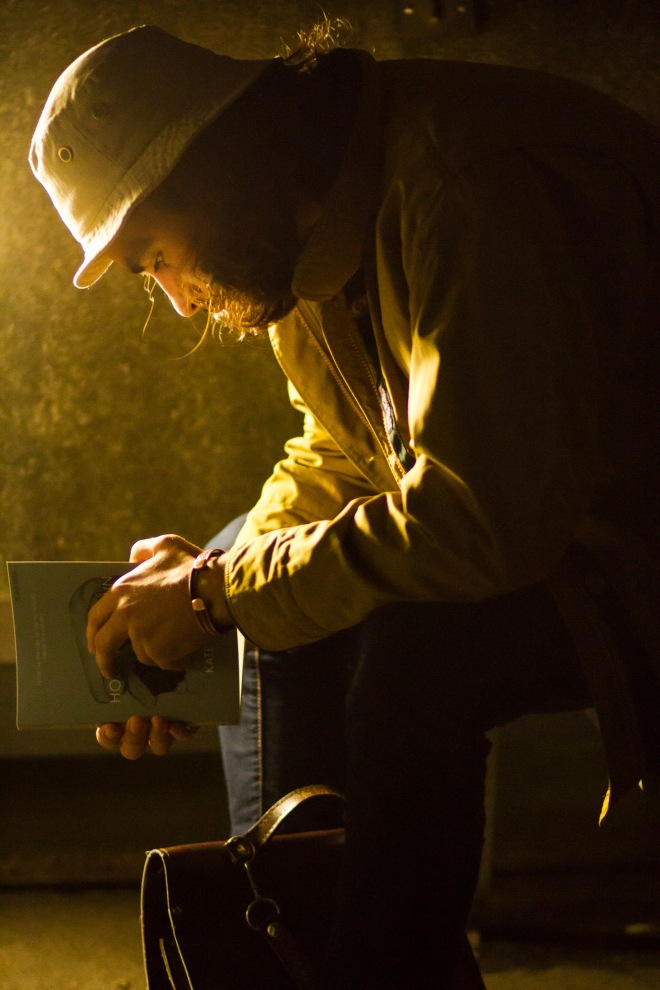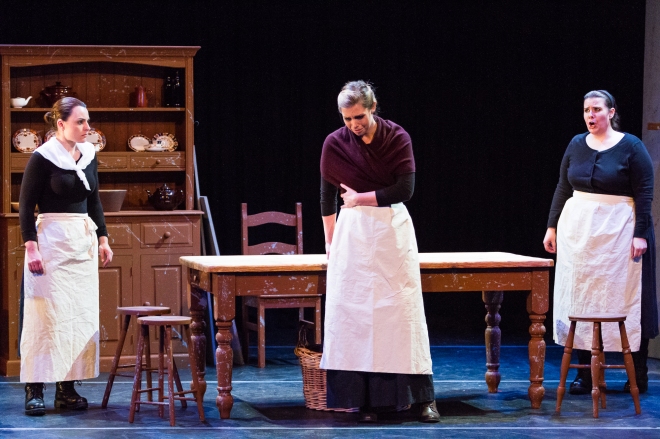Every profession has it’s own jargon and technical terms that sound strange and nonsensical to those not working within the industry. Photography is no exception, and in fact photographers can be some of the biggest culprits. However, aside from the “everyday” photography terms such as aperture and shutter speed, there are some rather amusing phrases that even I think sound ridiculous to the uninitiated!
Below I have listed some of the phrases you may or may not have heard a photographer say in your presence and a short description of what they actually mean.
Up and over the fence
Nope we are not talking about how to get away from a particularity difficult client (although I’m sure we’ve all been there)! “Up and over the fence” is a phrase used primarily when shooting head shots to help eliminate double chins (even for those who don’t necessarily have one). Often, people’s natural inclination when being photographed is to pull their face away from the lens and draw their chin into their neck, thus creating a double-chin effect. Asking people to push their chin forward then results in a gurning face as the chin is lifted unflattering in the air. Instead, I ask my clients to imagine that there is a fence that just reaches the bottom of their chin, and to lift their chin over the top so that the chin is on the opposite side of the fence to the neck. This elongates the neck, separating it from the chin and creates a defined jawline that is slimming and flattering.

The Decisive Moment
This phrase was coined by famous street photographer Henri Cartier-Bresson. It relates to pressing the shutter button at the precise time everything in the image comes together and creates the perfect photograph. Whilst this often still relates to street photography, timing is important to taking the perfect shot in all genres – it could be the exact moment you start to smile naturally and relax in you head shot shoot, or could be capturing a moment in time at a corporate event.

The golden hour
Now I’m sure most of you will have heard of this term and many will even know what it refers to. The golden hour is (in general terms) the first hour after sunrise and the last hour before sunset where the sunlight is low in the sky, soft and golden. This lighting provides optimum conditions for both landscape images and portraiture as the contrast between highlights and shadows is not too extreme, but enough to convey shape and depth, in and around the subject matter.

Feathering the light
Feathering light relates to the position of the subject in relation to the light source. Instead of aiming the light directly at the subject (or placing the subject directly in the light if using natural light), feathering the light involves placing the subject at the edge of the light source to create softer and more subtle lighting. For example, it would be the difference between standing in front of a car’s headlights, or standing on the pavement on the edge of where the headlights illuminate the space ahead. This is a popular technique across a range of photography genres, especially when seeking to create a more sensual feel to the image.

Bouncing the flash
At events, the one question I get asked more than any other is “Why aren’t you pointing that flash in the right direction?” This answer is simple – using flash directly on a subject causes flat harsh lighting with red eyes and dark shadows. Instead, by pointing the flash to the ceiling or a nearby wall, the light is “bounced” off this larger surface and reflects back softer; creating flattering lighting. If done correctly, bounced flash can be hard to spot and is a great technique when time and lack of space may limit more complex lighting setups being utilised.

Hyperfocal distance
Now I could I could get really nerdy here, but that’s not really my nature so I will keep it very simple. The hyperfocal distance of a scene, is the distance a photographer needs to focus his lens at, in order for everything in the image to be sharp. This usually relates to landscape photography where an object in the foreground (a gate or a wall for example) needs to be as pin sharp as the object in the background (a hill or mountain etc.). The scientific amongst us can calculate exactly what that focus needs to be based on maths and science – the rest of us use an app!!

Just one more
Question: How many photographers does it take to change a lightbulb? Answer: Just one more! It’s an old joke but does highlight one of the most overused phrases in the industry. Why do we always ask for one more shot even after we have the perfect image? For some, it’s simply to really make sure the image is captured and we have several shots to choose from when editing, for others it’s a bad habit that is hard to get out of. I tend to say this when clients are starting to relax and the images are looking better and better with each shot. Sometimes the best image can be the very last one taken so whilst I don’t like keeping people longer than they feel comfortable, I like to keep trying new ideas from the start of the session to the very end.

These are just some of the strange photographic terms you may have heard or hear in the future – are there any other terms or phrases you have heard but don’t understand? If so comment below and I will endeavour to make sense of them for you.
In the meantime, have a great week.
Ross
Ross Willsher is a social (weddings and portraits) and commercial photographer based in Chelmsford and covering Essex and London, who is passionate about creating images as individual as you are. His work can be viewed at www.rosswillsherphotography.co.uk / www.rosswillshercommercialphotography.co.uk
facebook.com/rosswillsherphotography | @RWIllsherPhoto | instagram.com/rosswillsherphotography










